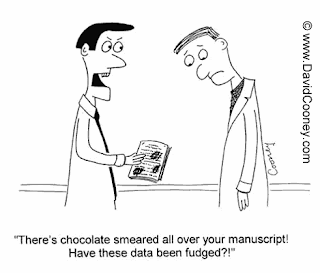Other than recent usage of miRNA technologies, MS research has focused a lot on HLA-loci and epigenetic factors associated with MS incidence. However, it seems as though miRNA associations could be much more helpful in understanding more about MS development and therapeutic approaches. Results from the aforementioned study suggest that miR-17 and miR-20a down-regulation is linked to enhanced mRNA levels for some of the same T-cell related genes that get over-expressed in MS patient blood samples, leading us to believe that the miRNAs contribute to MS development.
The ANZgene team concluded that:
Even if the miRNAs under-expressed in MS were not directly contributing to the immune cell signature observed in MS whole blood, the excessive T-cell activation signature seen in MS and other autoimmune diseases suggest agents which can reduce this activity may be therapeutically beneficial.Whether or not the miRNAs contribute directly to the disease, it might be possible to target these kinds of regulatory miRNAs and therefore tweak immune related gene levels in MS.
